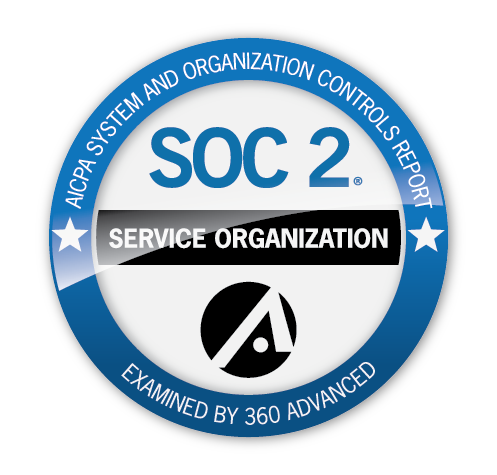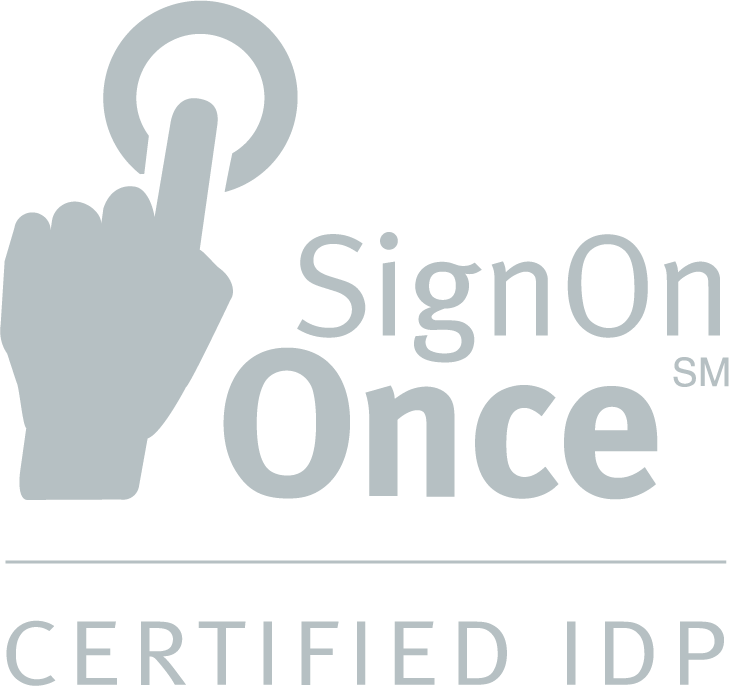One of the most critical components of the insurance industry is the connectivity between a carrier and their agency partners. Ideally, these connections help agencies in quoting and placing business wherever would be in the best interest of the end-insured. On the carrier side, it should assist underwriting and rating that business, as well as gathering and analyzing the vast amounts of available data.
If you are exploring improvements to your connectivity systems, here are additional ways of attaining growth through more efficient connectivity.
Easier and better quality book rolls
When you’re looking to expand into a new area or line of business, agency analysis must be conducted to identify exactly where those growth opportunities exist. That requires a connection. Gathering, evaluating, and rating the business of agencies can be a daunting task; however, having the right technology in place can instantly ease the process. Each piece of data comes from somewhere, and most often it requires a request, download, book roll, or other form of connection process with an agency.
Streamlined, secure connections
The importance of connectivity for growth cannot be understated, but it is just as important that these connections are established with data security in mind. How effective are your systems for requesting, collecting, storing, and protecting data? Connectivity between carriers and agencies has never been greater, and in order to fully realize the possibilities of these connections it's imperative that each information transfer is accurate and secure. Sending employees to an agency in-person to conduct a book roll is often unsecure and inevitably prone to human error.
Less data entry, more accurate data
Technology has allowed insurers to progress from error-filled, manual data collection to highly efficient, instantaneous agency connections. But a bad connection with an agency poses an unnecessary cost to carriers, especially when decisions are made with inaccurate information. This increases the time employees must spend on non-revenue generating activities (i.e., fixing mistakes) and can create tension between carriers and their agency partners. A trusted connectivity technology can ensure policy data is accurate and can help carriers get more out of their agency connections.


